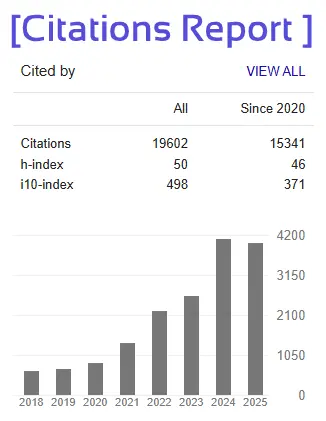Challenges and Opportunities of Exporting Indian Product to Global Market
Author: Amit Mani Tripathi
Affiliation: MBA Scholar, Galgotias University
Email: amitmanitripathi098@gmail.com
Abstract
India, as one of the world's most rapidly expanding economies, holds a significant position in global trade. With its abundant human resources and a vibrant entrepreneurial culture, the country has immense potential to increase its exports. However, despite these strengths, India's share of global exports is still relatively modest. This research paper delves into the primary obstacles Indian exporters face in the international marketplace, as well as the opportunities available to them. The study aims to illuminate the dynamics of India's export environment and offer a more profound comprehension of its global position. The main goal of this research is to analyse the internal and external factors that impede India's export capabilities and to identify strategic approaches that could boost the global competitiveness of its exporters. Indian exporters frequently face challenges such as insufficient infrastructure, regulatory ambiguity, high compliance costs, and a lack of familiarity with international market trends. They also have to deal with external issues like trade barriers, currency swings, and stringent quality standards set by importing countries. These difficulties are especially acute for small and medium-sized enterprises (SMEs), which are the foundation of India’s export economy. Conversely, the changing global trade landscape, which sees developed nations diversifying their supply chains, opens up new avenues for Indian exporters. Key sectors poised for growth include agriculture, pharmaceuticals, engineering goods, textiles, and IT services. Government initiatives like "Make in India," "One District One Product (ODOP)," and the Rod TEP scheme are actively fostering export growth and promoting the use of digital platforms, making international outreach more feasible.







